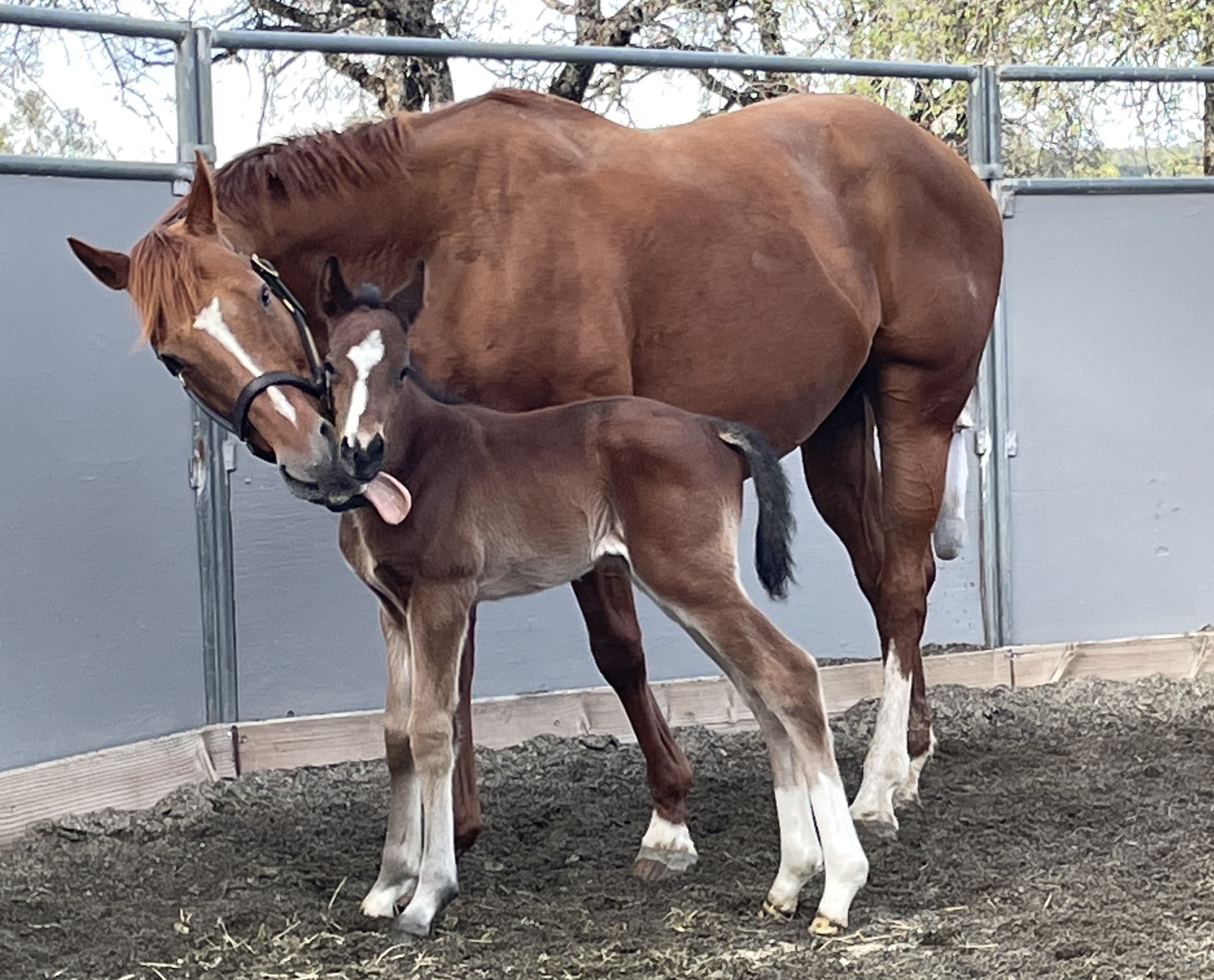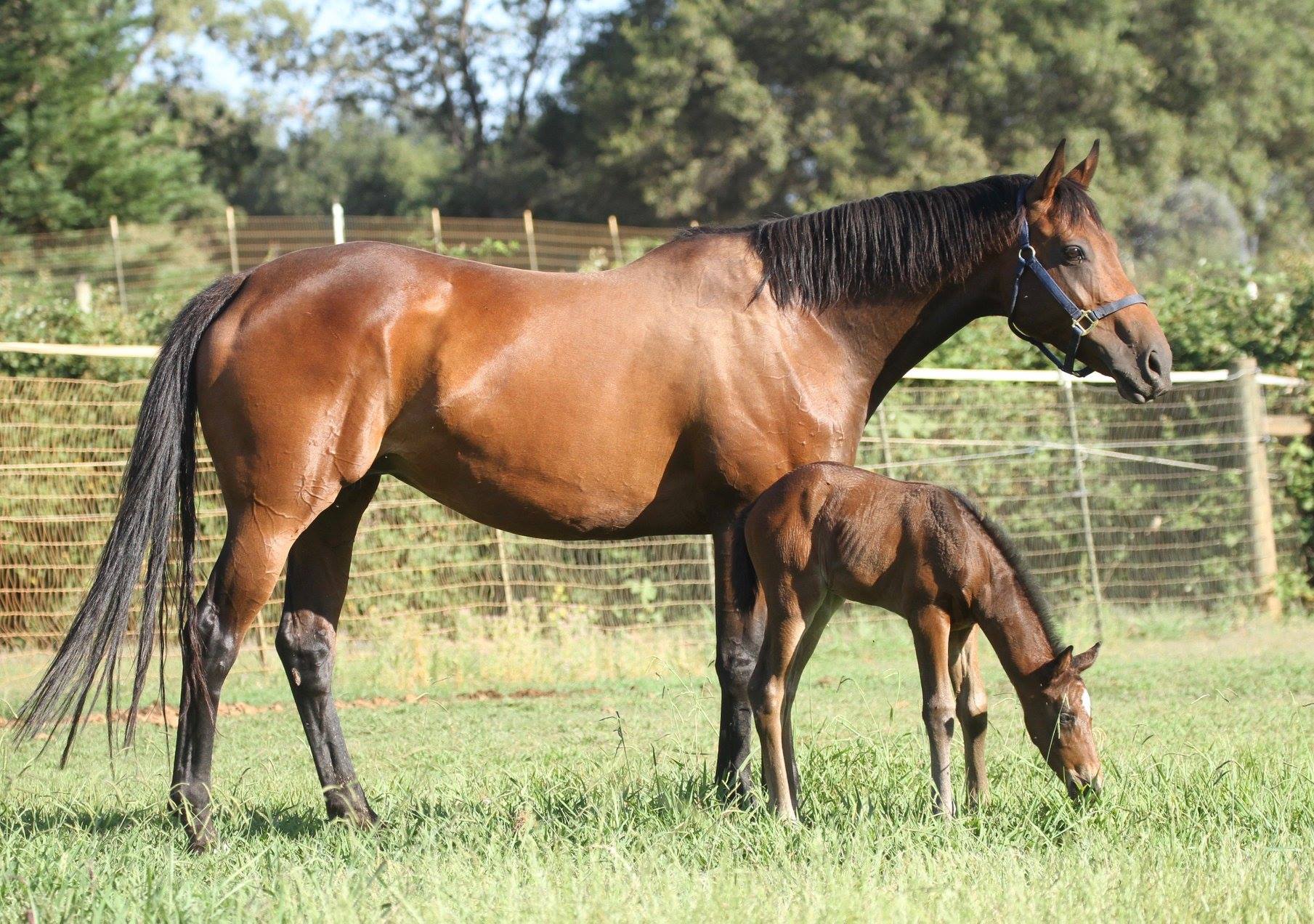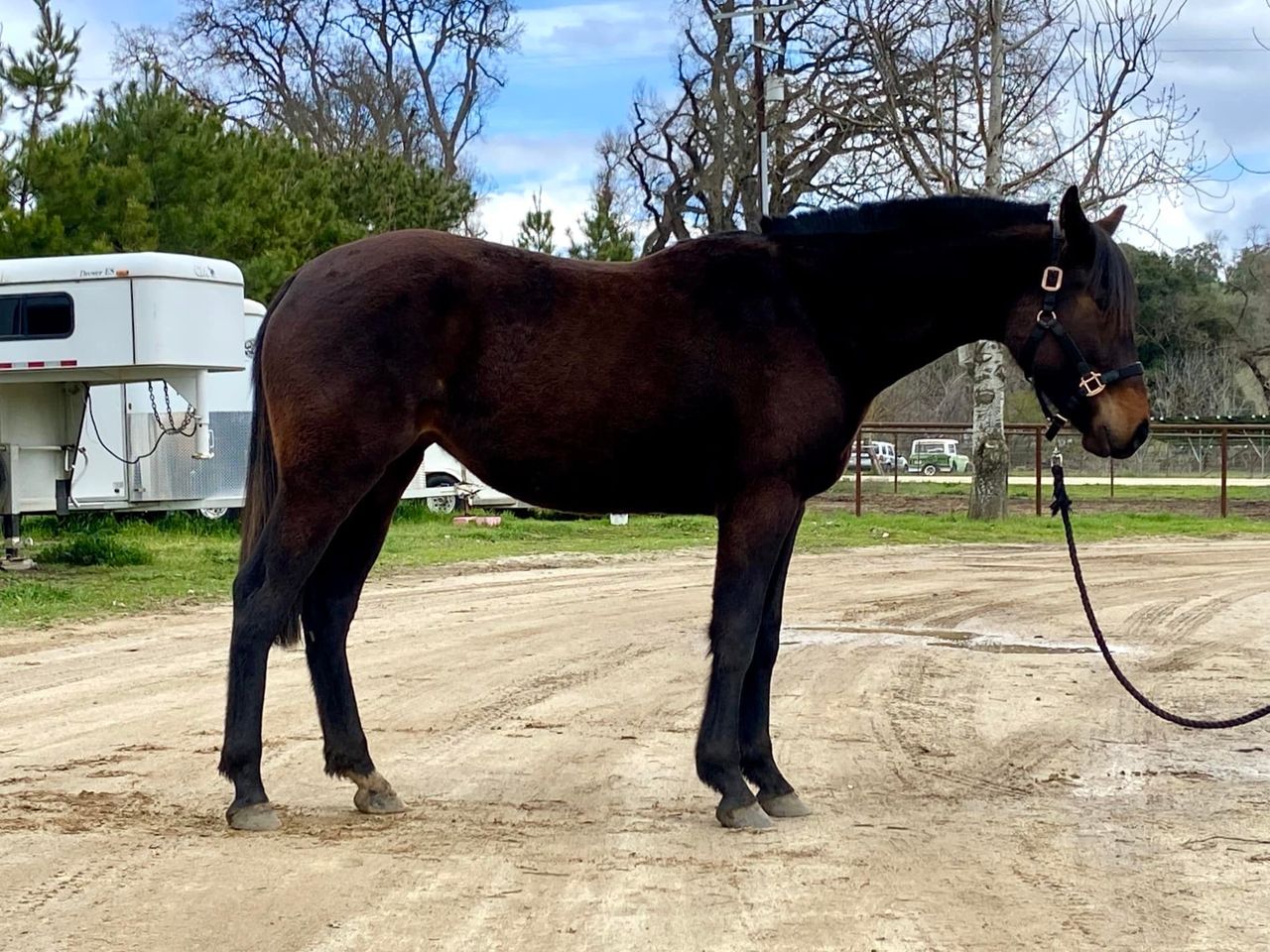Growing Connemara Ponies are not always easy to keep looking at their best, but we can ensure they look great while still supporting controlled, even growth with a bit of care and attention to their diet and management.
A typical approach with this age group is to live out with little or no hard feed. Their diet is generally, therefore, insufficient in nutrients, including all-important protein, which supplies vital essential amino acids for lean muscle development. As a result, these youngsters often have a weak top line and poor muscling, yet some may be overweight and, depending on forage quality, may have a “bloated” appearance.
The Yearling Connemara Pony (12 – 24 months of age)
The typical yearling should have reached approximately 85 -90% of its mature height by one year, 95% of its bone length, and about 65% of its grown-up weight. Growth rates are slowing, but it is still a vital phase in the young athletes’ lives. By 18 months, 80% of their mature weight will have been reached. By 2 years, 85 – 90% of the adult weight will have been achieved.
Nutritional Goals
- To provide nutrients that support continued musculoskeletal development while avoiding any excessive compensatory growth is particularly important for youngsters who may have had less than ideal diets as foals.
- A yearling must not get too heavy and still needs lean muscle and topline support for overall development.
- The diet must supply quality proteins and micronutrients to support growth while meeting energy requirements.
Two and Three-Year-Old Connemara Ponies (24 to 48 months of age)
By now, the normal growing two-year-old will have reached 90% of their mature body weight. And, by 36 months, 95%. However, maturity of bone and wither height may be achieved sooner than mature body weight; therefore, at 2 – 3 years of age, your Connemara Pony will still be growing but is doing so very slowly.
Nutritional Goals
- As they mature, the young Connemaras’ nutrient requirements decline. However, the aim is still to provide a diet to support healthy lean muscle development and meet overall maintenance or energy requirements.
- The key to achieving excellence is to provide the correct nutritional balance to support growth and development and meet any energy requirements.
What to Feed the Connemara Pony
- The quality of the forage available (grass or hay) will determine the number of additional calories required in the diet.
- A Ration Balancer Pellet provides essential supporting nutrients without extra calories.
- For individuals who hold condition too well on a forage-only diet, one might choose a daily vitamin/mineral supplement.
Preparing for Futurity, Show, or Sales ring
- Start your preparation at least 10 weeks before the event or as soon as possible.
- Work with your feed company to ensure that the diet is fully balanced and meets nutritional needs, aiming for lean muscle development, topline, and ribs that you can feel but not see.
- For individuals holding their weight too well, feeding a low-calorie vitamin and mineral supplement is perfectly adequate better than giving no feed. Managing forage and time at pasture will also be essential for keeping midsections in check.
- For those living out and carrying too much weight, time at pasture may need to be reduced, especially if the grass is abundant. Strip grazing may be necessary, and even substituting turnout time with lower calorie hay.
- Assess your forage. Softer, leafier hay is preferable to stalky, mature forage. Coarser mature hay is harder to digest and can lead to a “hay-bellied” appearance.
- Note and chart bodyweight to spot any upward or downward trends.
Our Prefered Feeds and Supplements
For more of our latest photos and inspiration, follow along on instagram at @instapony_.
© Redbud Ranch 2020 | Connemara Sport Horses and Ponies | photos by Lisa Martin |
terms & Condtions |
privacy Policy
Intentionally Bred with People in Mind
Browns Valley, CA












+ Show / Hide Comments
Share to: